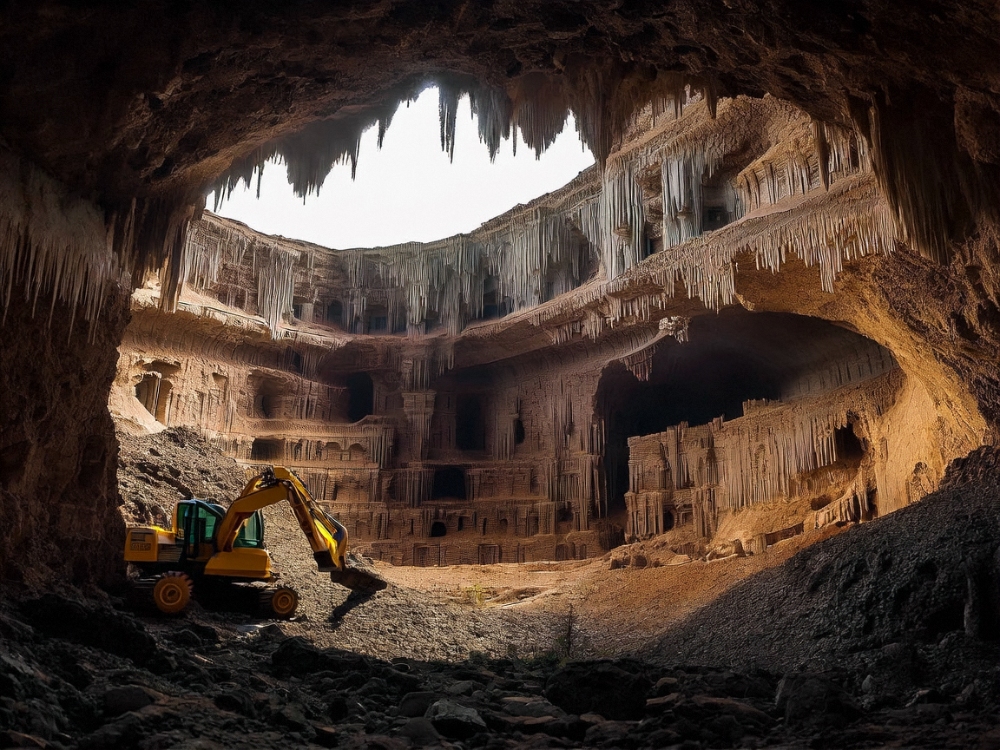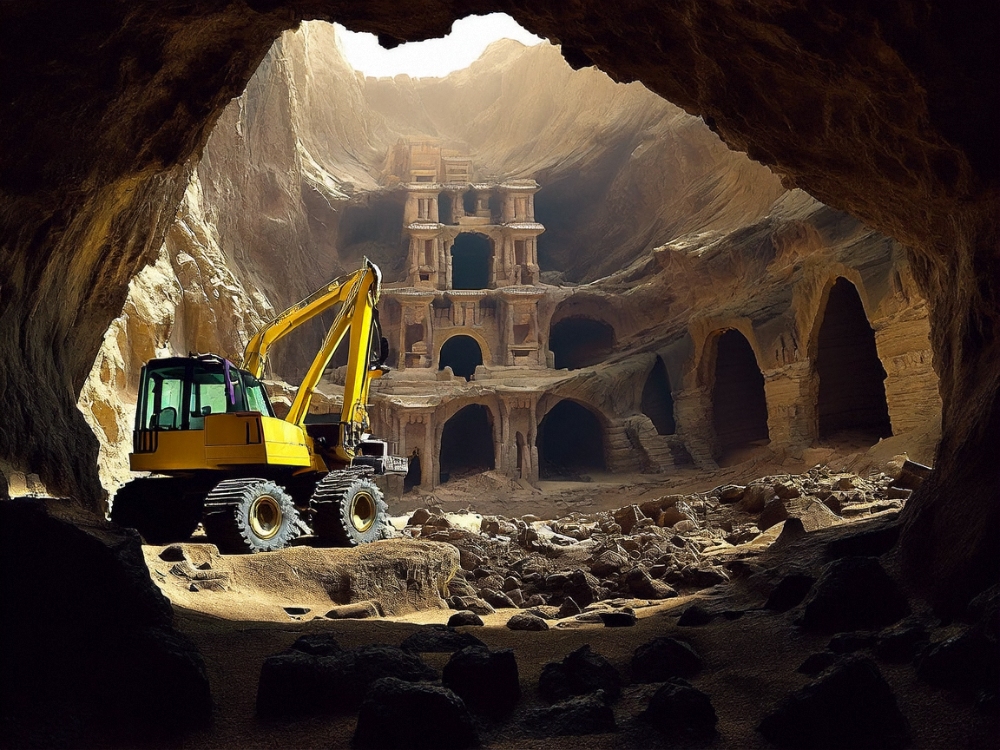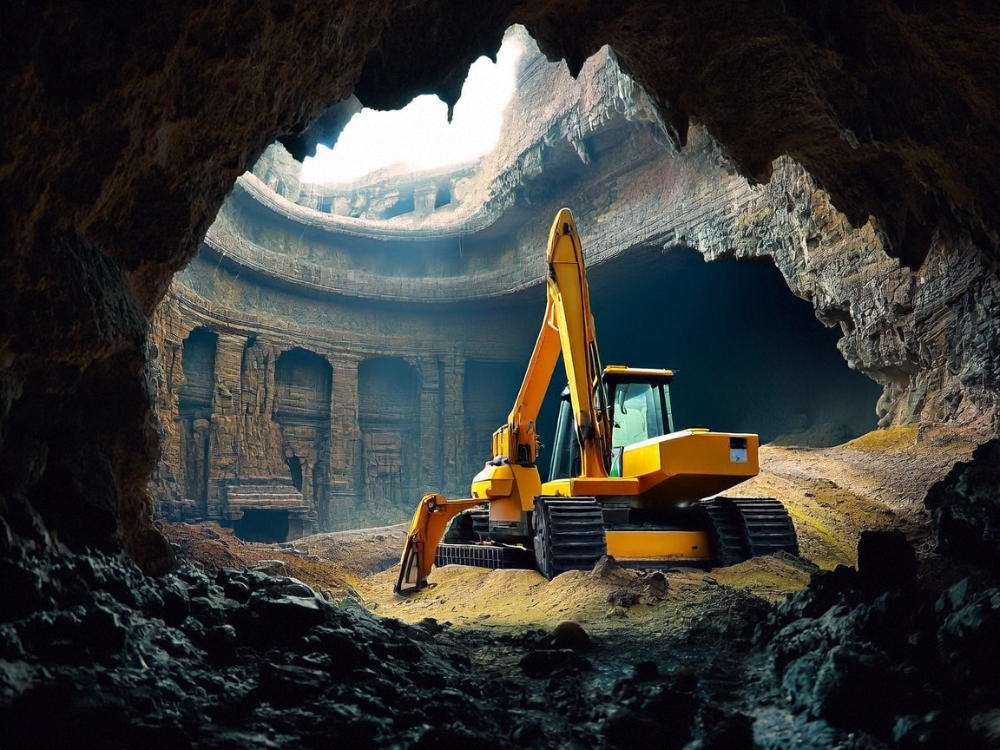Recommend Products
-
$19,000$21,000
-
$62,000$66,000
-
$65,000$69,000
-
$17,000$19,000
As environmental regulations become increasingly strict in developed countries, the used excavator market is undergoing a transformation. Many older excavator models face restrictions due to more stringent emissions standards and environmental policies, forcing them to be sold in developing countries or remote areas. For some users, pulling these machines from the market could result in significant financial losses. Although older excavators may not meet the latest environmental requirements, they still perform well on various construction sites. To access higher-tier markets, significant investment in upgrades is often required. Against this backdrop, refurbishing older machines has emerged as a new trend, driving demand and sales in the used excavator market.

1. Impact of New Environmental Regulations on Excavators
Around the world, many countries and regions are implementing stricter emissions standards. For example, the European Union's Stage V standards and the U.S.'s Tier 4 regulations mandate substantial reductions in emissions from off-road machinery, particularly concerning nitrogen oxides (NOx) and particulate matter (PM). These regulations aim to improve air quality, and excavators are a major focus of this oversight.
Many older excavators cannot meet these new standards and require extensive modifications or replacement. At the same time, the high cost of new excavators has prompted companies to seek more economical solutions, injecting new life into the used equipment market.

2. Market Drivers for Refurbished Excavators
Facing the high costs of new equipment and increasingly strict environmental regulations, remanufacturing older machines has become a popular choice. Refurbished excavators not only extend their service life but also receive technological upgrades to comply with current environmental standards. The refurbishment process typically includes replacing engines, upgrading emission systems, and repairing hydraulic systems, giving the machines a new lease on life with modern functionalities.
Eco-friendly and economical: Refurbishing is more cost-effective than purchasing new equipment and reduces resource waste, aligning with the principles of sustainable development. Refurbished excavators offer performance similar to new machines but at a lower price, making them an attractive option for small and medium-sized businesses.
Extended equipment lifespan: Through refurbishment, excavators can be reused, significantly extending their lifespan. This reduces the frequency of equipment replacement and conserves natural resources.

3. Technological Advances in Refurbishing Excavators
With technological progress, the inspection and repair techniques used in the refurbishing process have become more advanced, leading to improved results. For example, 3D scanning and digital diagnostic tools allow for precise equipment inspections, enabling the identification and repair of potential issues. Additionally, refurbished excavators can be upgraded with modern features such as GPS navigation systems and remote monitoring, further enhancing operational efficiency.
4. Advantages and Challenges of the Refurbished Excavator Market
Advantages:
Cost savings: Purchasing a refurbished excavator typically costs 60%-80% of a new machine, offering excellent value for money with similar performance.
Compliance with environmental standards: Upgraded refurbished equipment can meet current emissions regulations, avoiding fines and operational restrictions due to excessive emissions.
High market acceptance: Increasingly, construction projects and government procurement initiatives support the use of second-hand or refurbished equipment that meets environmental standards, driving market demand.
Challenges:
Quality assurance issues: Despite advances in refurbishing technology, the quality of equipment in the used market can still vary significantly. The refurbishment process requires skilled teams and high-quality control standards to ensure the equipment operates reliably over the long term.
Financing difficulties: Compared to new equipment, financing options for refurbished machines are limited. Many companies must make full payment upfront when purchasing refurbished equipment, which can strain cash flow.

5. Future Outlook: Integration of Green Engineering and the Used Equipment Market
Environmental policies present not only challenges but also new opportunities for the used excavator market. As global attention to sustainable development and green engineering increases, refurbishing older machines aligns with the goals of reducing carbon emissions and resource waste. This trend will likely attract more participants to the market in the future.
In the coming years, refurbishing technology for second-hand equipment will become more standardized and scalable, with machines approaching the environmental and technical performance of new products. As policies continue to support this trend and technology advances, the used excavator market will grow further, becoming an integral part of the global construction equipment industry.
In summary, environmental regulations are driving the development of the refurbished excavator market. By refurbishing older equipment, companies can not only save costs but also meet increasingly strict environmental requirements. Refurbishment is set to become a key growth area in the used machinery market in the future.